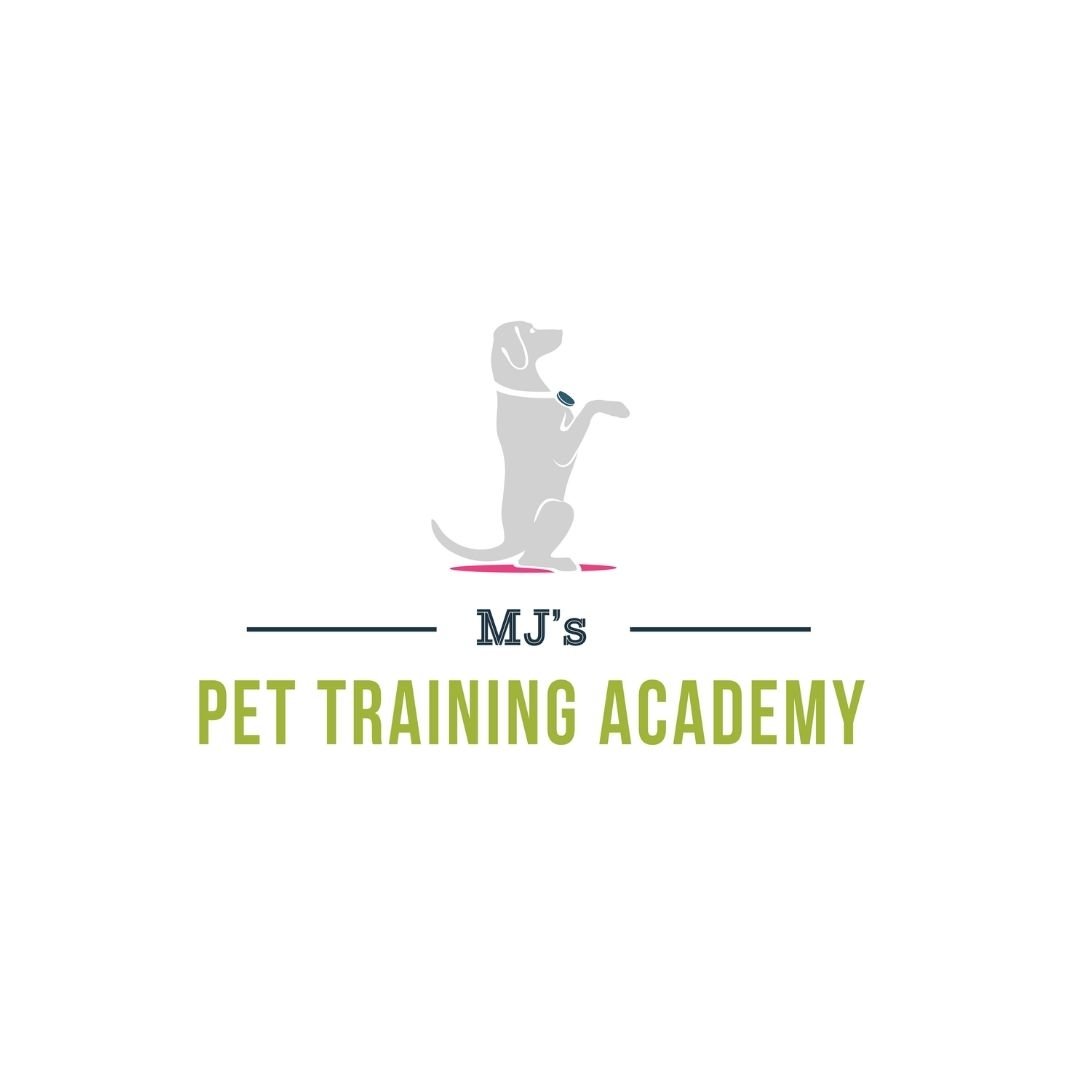Groom Your Puppy at Home: A Guide to Brushing & Early Grooming Success
Start Early. Set the Tone.
Grooming isn’t just about keeping your puppy clean. It’s about preparing them for grooming and handling later in life and teaching them to feel safe with the process. Walking into a new place and being handled by new people, while hearing unfamiliar sounds such as dryers can be a lot for a puppy. You can start teaching your puppy about the grooming process now so that grooming is not overwhelming.
MJ's Tip: Use Scent Memory to Build Confidence
Here’s something a little different that I’ve used with great success over the years: scent association. Puppies are experts at building scent memories, and we can use that to help bridge the gap between home and salon.
Start by laying a towel or small mat down while you practice grooming at home. This becomes your puppy’s grooming “station.” Before brushing even begins, practice the microskills I outline below. When it’s time for your puppy’s first cookie visit to the salon (just a short, happy stop-in with treats), bring that towel with you. Same for the first groom.
Don’t bring a fancy bed or mat, just something simple and washable works best. It becomes a familiar cue in an unfamiliar place.
Can you separate the coat and see down to your dog’s skin?
💡 Pro tip: This only works if your puppy has already formed positive associations with the towel at home first.
Choosing the Right Brush for Your Puppy
Selecting a brush might seem straightforward, but it makes a difference with both coat health and your dog’s experience.
Slicker brushes are commonly used for poodles, doodles, and other coated breeds. These are great tools, but only when used correctly. They can easily cause brush burn or damage the coat, especially on sensitive young puppies. Be extra gentle around areas like the topknot if you are trying to grow your pup’s coat. You should first learn how to use a slicker brush so that you can do so safely. Ask your groomer for suggestions.
Pin brushes are great for early sessions on many breeds. Use light pressure and pair with positive reinforcement.
Combs are essential. So many people brush their dog but never get down to the skin, and that’s where mats live. You should be able to part your puppy’s coat and run a comb from root to tip. If not, you might be brushing over tangles without realizing it.
Still not sure what to use? At MJ’s, we’re happy to help. Our trainers can give brushing tips during puppy class or a Q&A, and our grooming team offers cookie visits to help guide you and your dog.
Brushing & Handling Microskills
Let’s start with what I call grooming microskills. These make the brushing itself easier (and safer) down the road. Microskills are an important part of grooming, training and communicating with your puppy.
1. Settle Station
Start by laying down a towel or mat. This becomes your puppy’s settle station. Drop a piece of kibble every time your puppy lays down calmly. If they get up or paw at you, pause. Reinforce calm. If your pup is jumpy or mouthy, take a quick break, let them potty, then return with a higher rate of reinforcement for any calm behavior. Even if the behavior is simply looking away or sniffing the mat at first, you can drop a piece of kibble. Drop the kibble to the mat so your puppy does not get up for the food or jump towards your hands. You can sit down while doing this. Turn this foundation into a down settle quickly with the right rate of reinforcement and practice. Use puppy kibble so you don’t overfeed treats. Your pup’s regular mealtime is a great time to practice.
2. Train a Stand
Once your puppy can relax in a settle, teach a stand. Lure your pup into a standing position with all four paws on the ground, like a show dog. Mark and reward. Add a cue like “stand” or “lift.” This is the position your puppy will be in at the salon for most of their trim.
Pro Level Hint: I never use the same cue for an obedience stand as a grooming stand. For example, for position change drills I use “lift,” but if I want my dogs to stand from a down during grooming, I use “stand.” I am requesting a differnt type of movement and there is a different expected duration.
3. Body Handling
When your puppy is calm in a down settle and stand, begin gentle handling. Touch their legs, ears, tail. Go slowly. Teething? Skip face handling on rough days. Practice short sessions and watch your pup’s body language.
4. Intro to Brushing
Puppy Training: Settle
Before the real brushing, flip the brush over and “pretend” to brush using the back side. Then move to light brushing with the actual bristles.
Understanding Coat Change
Your puppy’s coat might seem easy now, but around 6 months (sometimes later), things change. The coat transitions, and mats can form fast even in dogs who never matted before.
Focus on regular brushing at home and schedule professional maintenance grooms that include conditioning baths and proper blowouts.
Key mat zones to watch:
Behind the ears
Armpits and legs
Belly
The top of the head
Use your comb. Can you part the coat to the skin and comb easily? If not — that’s where tangles begin.
You're Already Doing Great
Puppy grooming might seem overwhelming at first, but this is all about building trust and creating positive experiences that will last your dog a lifetime.
At MJ’s Pet Training Academy, our trainers and groomers are here to be part of your team. We can help you choose the right tools, show you how to practice safely, and celebrate the wins along the way.
You’re already ahead of the game just by researching this. Keep going. You’ve got this.

